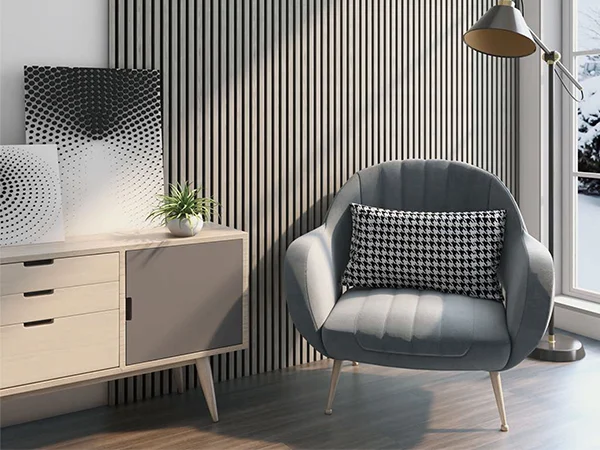
The selection of acoustic materials plays a vital role in modern architecture and interior design. Among the most widely used options are wooden sound-absorbing panels and sound insulation panels. While both serve acoustic purposes, they differ significantly in their functionality, material composition, structural design, and applications.
Here we will explore these differences in details, helping you better understand when and how to use each type of panels, enabling you to make an informed decision based on your specific project needs.
| Characteristics | Wooden Sound-Absorbing Panels | Sound Insulation Panels |
|---|---|---|
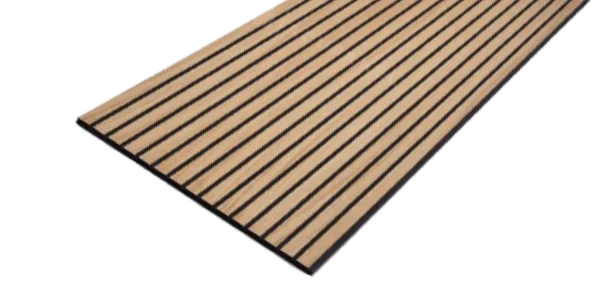 |
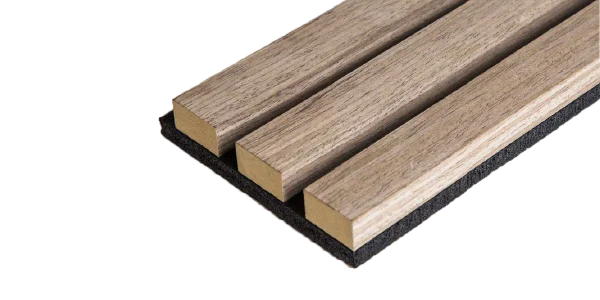 |
|
| Function | Absorb sound waves, reducing echoes and noise. | Block sound wave transmission, reducing external noise. |
| Material | Made of wood fiber and inorganic adhesives. | Made of various materials such as gypsum, foam, or rubber. |
| Structure | Porous or void design facilitates sound wave absorption. | Dense structure effectively reflects sound waves. |
| Applications | Places requiring good sound quality, such as music rooms, conference room, and theaters. | Environments requiring noise isolation, such as residences, offices, and factories |
| Effect | Improve sound quality and optimize audio clarity. | Isolate external noise and maintain a quiet environment. |
| Installation | Generally easy to install, usually removable and replaceable | Installation methods vary depending on the specific material. |
Wood-based acoustic panels and soundproofing panels each serve distinct acoustic purposes, offering unique advantages depending on your needs.

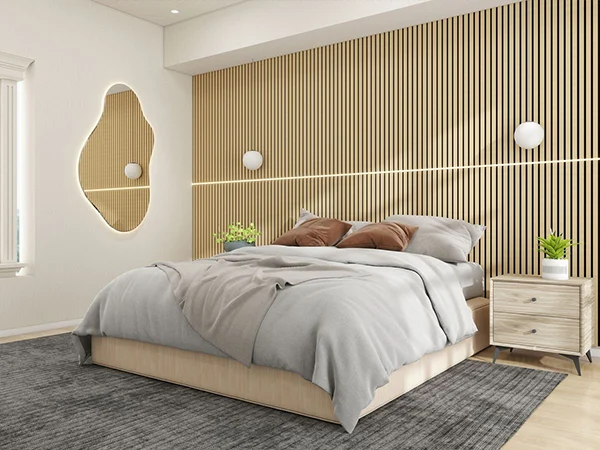
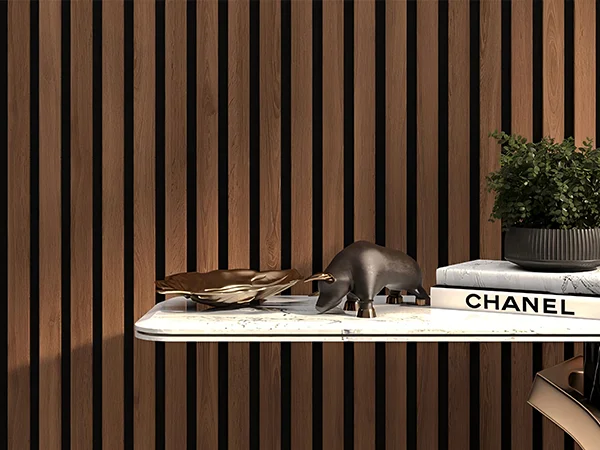
Choosing the right material requires careful evaluation of your specific application. By understanding the functional differences between these two panel types, you can make an informed decision and achieve an optimal acoustic environment for your space.